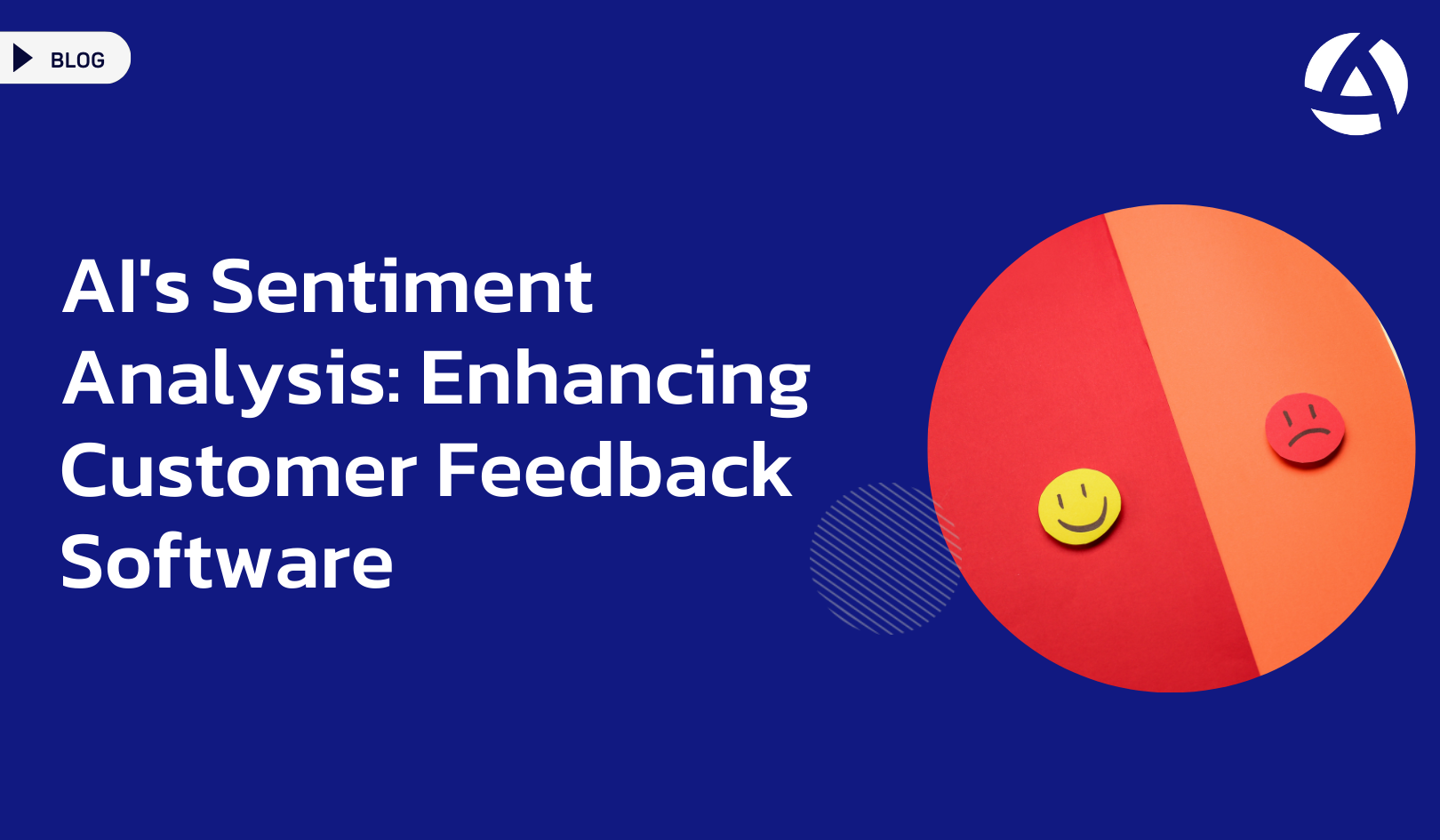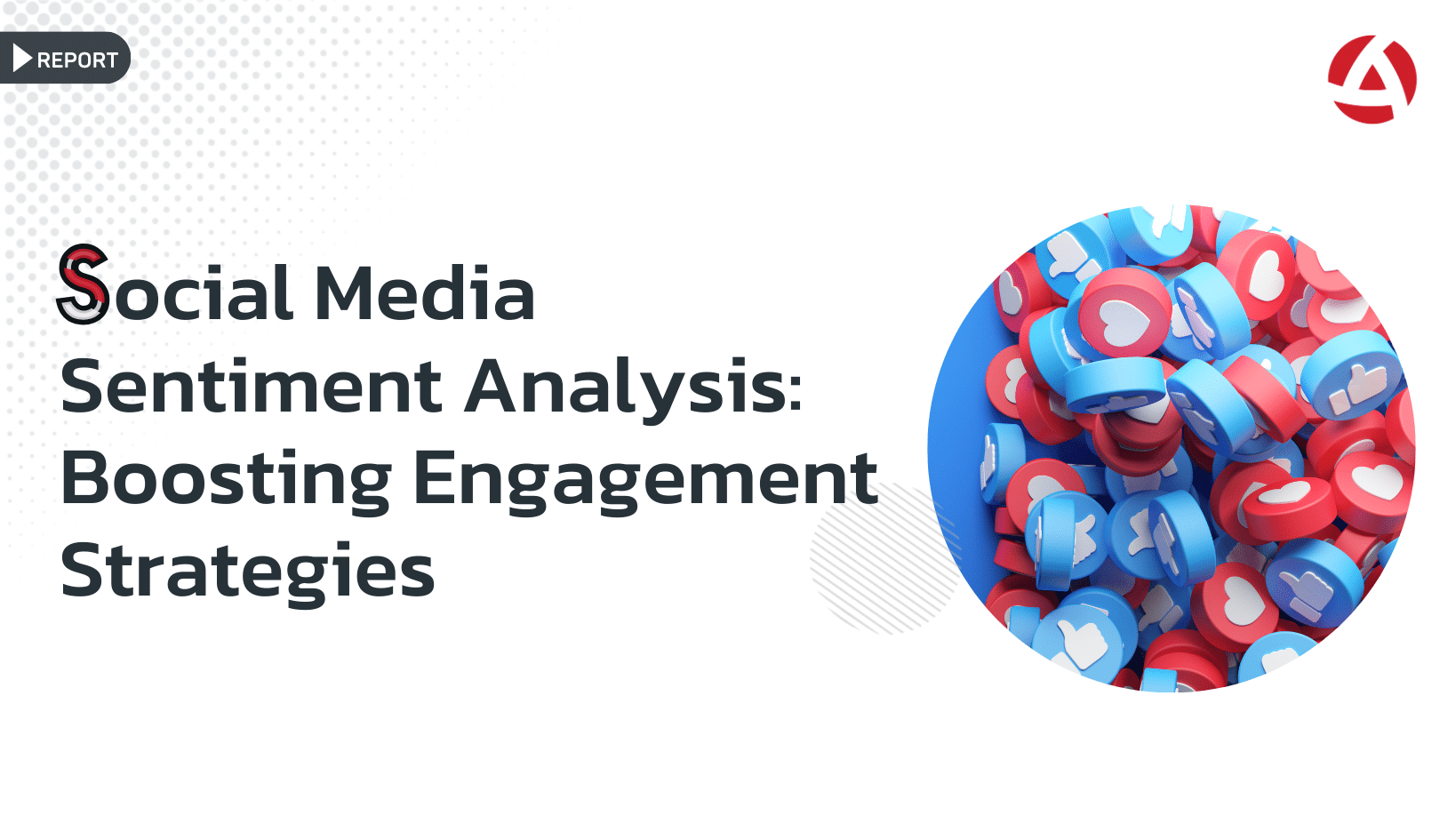In today’s fast-paced digital landscape, understanding customer sentiment has become increasingly crucial for businesses striving to deliver exceptional customer experiences. Traditional methods of gathering feedback, such as surveys and reviews, offer valuable insights but often fall short in capturing the nuanced emotions behind customer responses. Enter AI-powered sentiment analysis—a game-changer in the realm of customer feedback software.
Customer feedback software has long been a staple for businesses looking to gauge customer satisfaction, identify pain points, and drive continuous improvement. However, the advent of artificial intelligence (AI) has revolutionized the capabilities of these platforms, particularly in the realm of sentiment analysis.
So, what exactly is sentiment analysis, and how does it enhance customer feedback software?
Sentiment analysis, also known as opinion mining, is a process that involves analyzing text data—such as customer reviews, social media posts, and survey responses—to determine the sentiment or emotional tone expressed within the text. By leveraging machine learning algorithms and natural language processing (NLP) techniques, sentiment analysis algorithms can classify text as positive, negative, or neutral, providing valuable insights into customer attitudes, opinions, and emotions.
In the context of customer feedback software, AI-powered sentiment analysis enables businesses to extract deeper insights from customer feedback data with unprecedented accuracy and efficiency. Here’s how:
- Enhanced Understanding of Customer Sentiment: Traditional feedback collection methods often yield vast amounts of unstructured text data, making it challenging for businesses to extract meaningful insights manually. Customer feedback software equipped with AI-powered sentiment analysis capabilities can automatically analyze this text data in real-time, allowing businesses to gain a comprehensive understanding of customer sentiment across various touchpoints and channels.
- Identification of Key Themes and Trends: Beyond simply categorizing feedback as positive or negative, AI-powered sentiment analysis can identify specific themes, topics, and trends within customer feedback data. By uncovering recurring issues, emerging trends, and areas of opportunity, businesses can prioritize their efforts and focus on addressing the most pressing concerns to enhance the overall customer experience.
- Proactive Issue Resolution: With AI-powered sentiment analysis, businesses can proactively identify and address potential issues before they escalate. By monitoring customer sentiment in real-time, customer feedback software can alert businesses to negative trends or spikes in negative sentiment, enabling them to take immediate action to rectify issues, mitigate customer dissatisfaction, and prevent churn.
- Personalized Customer Interactions: By understanding the underlying emotions and sentiments expressed by customers in their feedback, businesses can tailor their interactions and responses accordingly. Whether it’s addressing a customer complaint with empathy and understanding or celebrating positive feedback with appreciation, AI-powered sentiment analysis empowers businesses to deliver more personalized and emotionally resonant customer experiences.
- Continuous Improvement and Innovation: Armed with deep insights into customer sentiment, businesses can drive continuous improvement and innovation across all aspects of the customer experience. By leveraging AI-powered sentiment analysis to track the impact of changes and initiatives in real-time, businesses can iterate rapidly, refine their strategies, and deliver experiences that consistently exceed customer expectations.
In conclusion, the integration of AI-powered sentiment analysis into customer feedback software represents a significant step forward in the quest to understand and respond to customer sentiment effectively. By harnessing the power of AI to unlock valuable insights from vast amounts of unstructured text data, businesses can elevate the quality of their customer feedback analysis, drive actionable outcomes, and ultimately, foster stronger, more meaningful relationships with their customers. Customer feedback software has never been more powerful, thanks to the transformative capabilities of AI-powered sentiment analysis.
Written by Poyraz Ozkan




